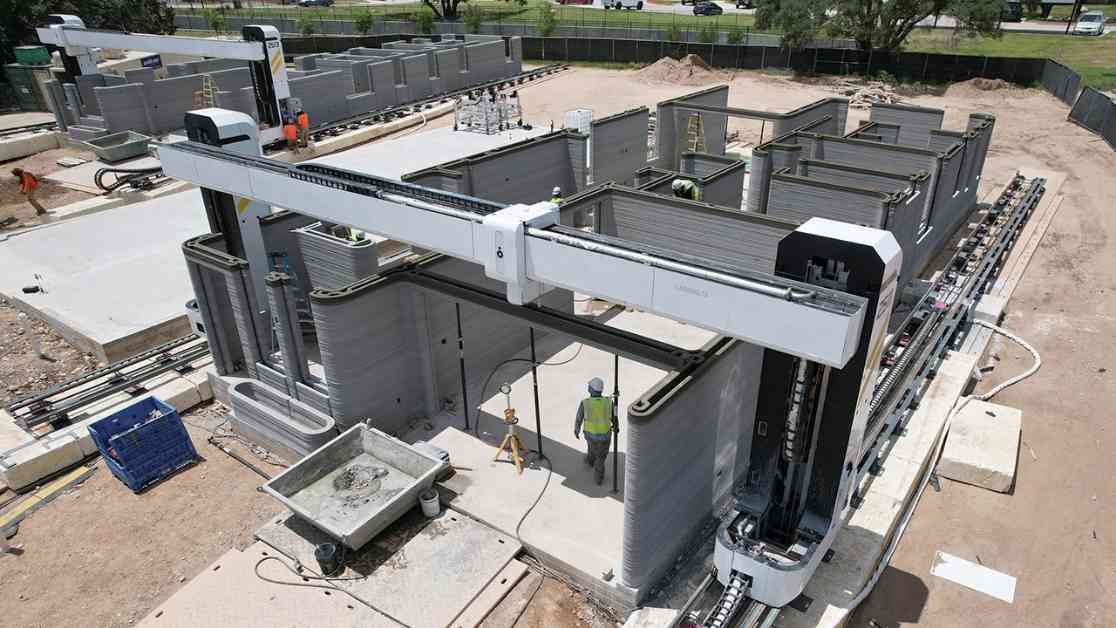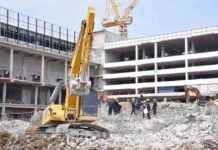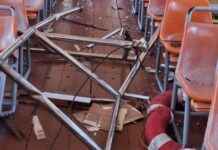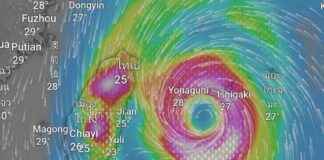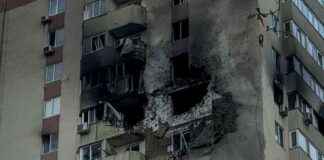The latest technology in 3D printing has been widely used. Recently, ICON, a robotic 3D printing company, revealed the progress of creating a community in East Downtown, Texas, the USA, that is close to becoming the largest in the world. This 3D printing community started back in November 2565 using a printer that is over 13.7 meters wide and weighs 4,750 kilograms. It can build 100 homes, which is considered more cost-effective and requires less labor compared to traditional construction methods. Additionally, it reduces waste from construction materials more than conventional building methods. The process involves mixing concrete powder, water, sand, and other additives together and putting them into the printer. The nozzle then squeezes out the concrete mixture like toothpaste on a brush, building layers according to the predetermined program. The walls are designed to resemble woven fabric.
According to ICON, a single-story house with 3-4 bedrooms takes approximately 3 weeks to print. After printing, the foundation and metal roof are installed following traditional methods. The concrete walls are designed to be resistant to water, mold, termites, and harsh weather conditions. A customer who purchased one house mentioned that it feels like a fortress and is confident it will withstand storms like Hurricane Katrina. The walls also provide insulation, making the rooms cool and comfortable. However, one concern is that the strong and thick walls may interfere with wireless internet signals. The prices range from $450,000 to $600,000, and currently, more than 1 in 4 homes have been sold.
In addition to the innovative construction method, the 3D printing community in East Downtown, Texas, offers a unique opportunity for sustainable living. The use of 3D printing technology significantly reduces construction waste, as only the necessary materials are used during the printing process. This not only minimizes the environmental impact but also contributes to a more efficient and cost-effective building process. Furthermore, the design of the concrete walls to resist various elements ensures the longevity and durability of the homes, reducing the need for frequent repairs and maintenance.
Moreover, the integration of technology in construction opens up new possibilities for customization and design flexibility. With 3D printing, intricate and unique architectural features can be easily incorporated into the homes, allowing residents to personalize their living spaces according to their preferences. This level of customization adds value to the homes and enhances the overall living experience for the residents.
In conclusion, the development of the world’s largest 3D printing community in East Downtown, Texas, represents a significant advancement in construction technology. The use of 3D printing not only offers a more sustainable and cost-effective building solution but also provides unique opportunities for customization and design innovation. As the project continues to progress and more homes are sold, it will be interesting to see how this technology transforms the future of residential construction and urban development.
